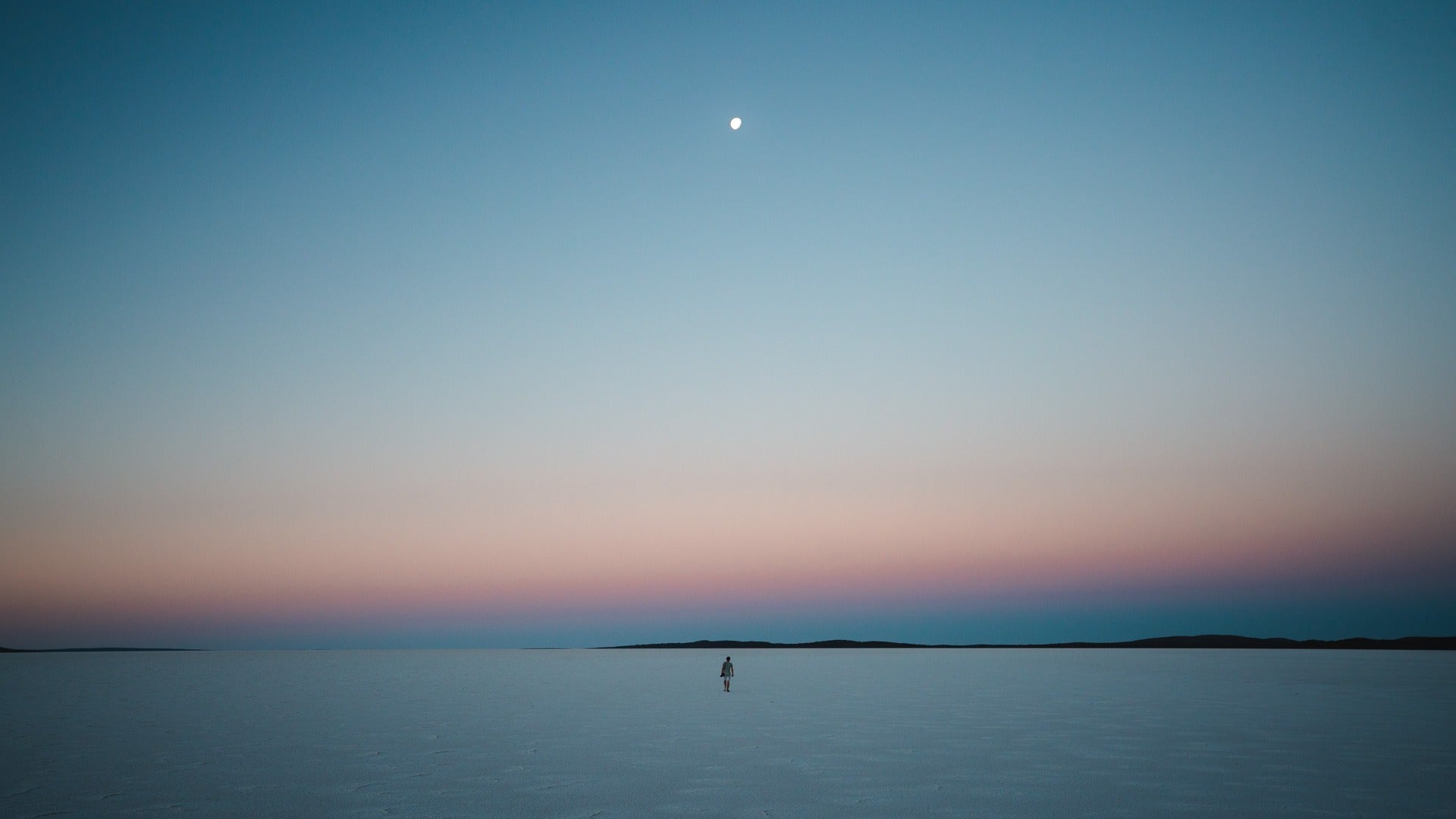Negative space is one of my favourite and most used compositional techniques in photography.
Essentially, when composing an image, there’s generally 2 (or more, depending) areas of space - a positive space, and a negative space.
Positive space is easy to understand. It’s the subject or subjects of your image. It could be people, it could be shapes, could be spaces, whatever your imagination comes up with.
Negative space, on the other hand, is a little more… abstract.
Negative space is the space around your positive space. Sometimes, that might be everything else in your frame.

Negative space for subject isolation
My style is very subject isolation heavy. Maybe that’s because I’m a minimalist in my daily life, but in every image I take, I strive to have 1 very strong focal point, and for that point to “earn its keep”.
Otherwise, most of the time, other elements are distractions.
Negative space is a great technique to help accentuate that objective. By increasing negative space around a subject, there’s less things to look at, less places for your eye to dart around an image, and more focus on the positive space; the subject.
When negative space is done well to isolate a subject, there’s usually a sense of balance and harmony that comes with it as an added bonus too. This is due to a harmonious visual hierarchy in the frame - where the relationships between subjects and objects have visual weight that compliment each other, rather than detract from one another.
Negative space for emotion
One of the great things about negative space is how it can be used to illustrate emotion.
Look for compositions where the use of negative space can suggest some kind of emotion. For example, by placing a small figure looking towards a large scene, you might evoke the feeling of wonderment and adventure through a sense of scale.

You might evoke a sense of loneliness through a figure walking, using abundant negative space in front of where that figure has to walk, suggesting that the road is long and lonely.

Or you might do the reverse, where the figure has already walked through that abundant space and is appearing to exit the frame. This might suggest a different sense of emotion, like defeat, triumph or completion.
A quick note about minimalism in photography
Minimalism in real life is actually less about throwing away things, and more about the idea of assessing the value of the things you have already.
It’s the idea that the things you bring into your life provide regular enough value to earn their keep in your life.
That’s not to say that “everything must go”, but rather, being considerate about how you live an intentional life, one that’s full of things that bring you value, and one that’s free of distractions.

I love this philosophy, because coming from a design background where we focus on a thoughtful reduction of elements to reach simplicity, we can easily apply this to our images if the occasion suits - and in many cases, it does.
By having a strong focus on our subjects and our positive space, we can spend more time thoughtfully composing the negative space to help accentuate our subjects even more - applying the minimalism value of assessing what’s important and what’s not.
I hope you enjoyed this quick article!
I’d love to hear about how you use negative space in your images too in the comments or via Instagram!



